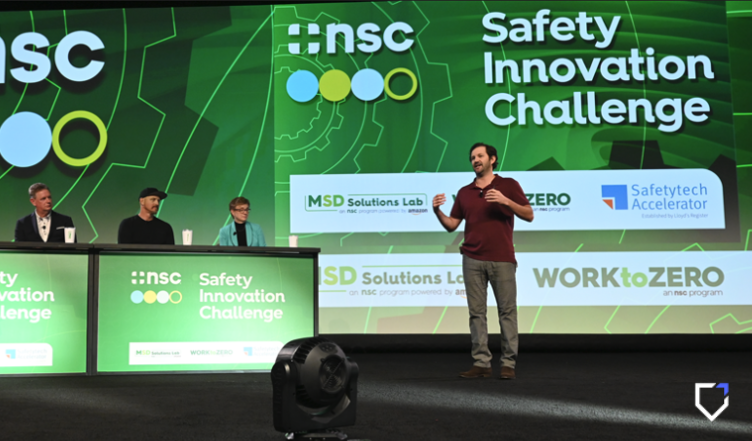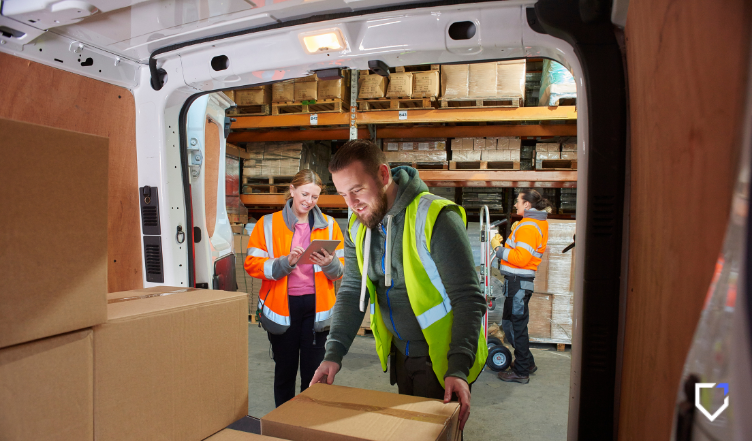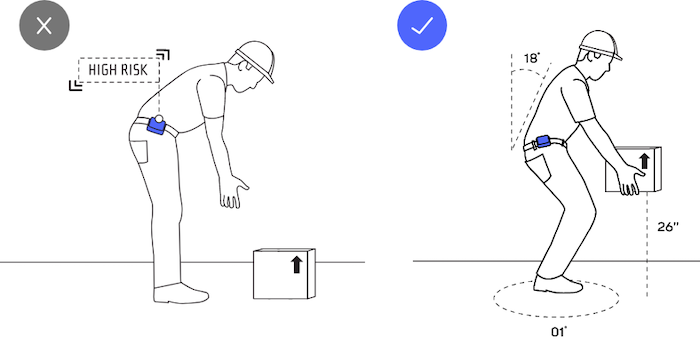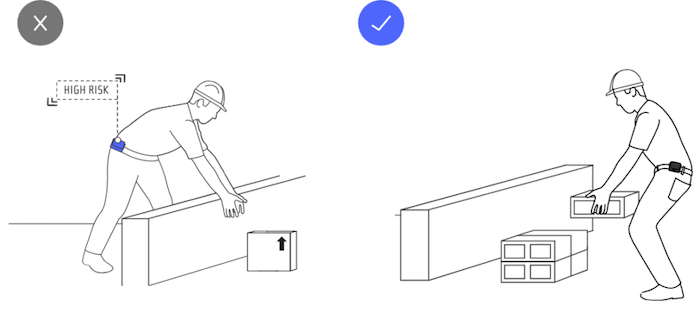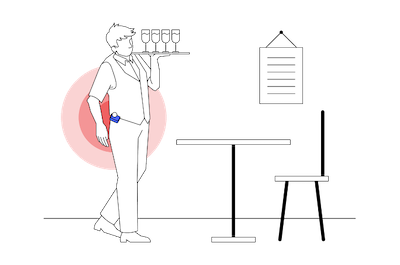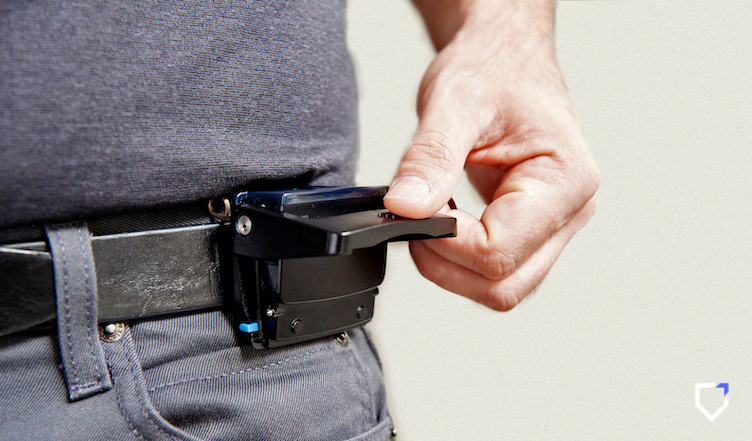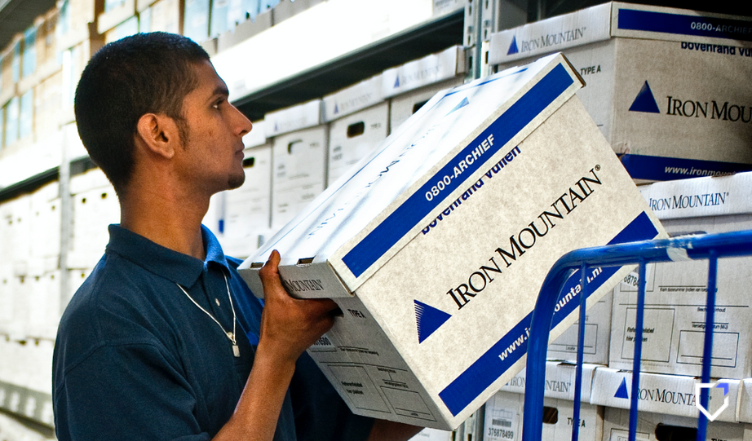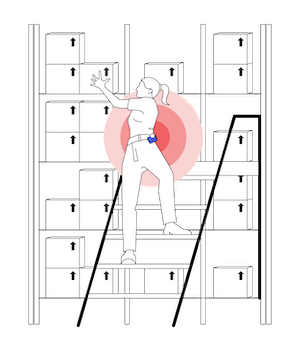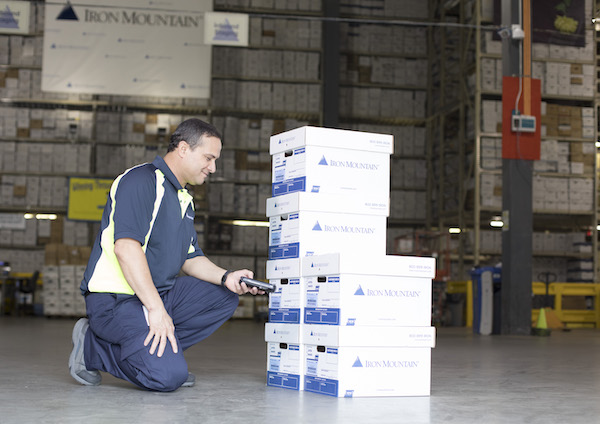Our new Leadership Q&A series talks with the leaders of Kinetic, and sheds light on their specific areas of expertise. This edition features Jose Cruz, Vice President of Business Development, West.
We sat down with Jose, who leads our business development and broker distribution in California, Arizona, and Nevada. A workers’ comp industry veteran, Jose has over 15 years of commercial insurance experience in business development, point of sale activities, and revenue generation strategies. In this interview, he talks about Kinetic’s strategic partnerships with brokers and Nationwide Insurance, the value proposition of our wearable technology, and successes and opportunities for the western market.
Q- You joined the Kinetic Insurance team last year as VP of Business Development in the west, tell us a bit about your role and your experience.
A – My focus over the past nine months has been on cultivating broker distribution in the west, activating agents, managing our limited broker network, and driving revenue. Because what we offer is entirely new – a workers’ comp program that includes wearable tech – it involves a lot of education and branding. I’m also focused on new business generation and retention.
I’ve been in this industry for 18 years, but the ability to provide technology that aligns with risk management is unique to the insurance industry. It’s the main reason I joined the Kinetic team, along with the deep workers’ comp and underwriting experience of our leadership. This innovative tech and our strategic partnerships with both our brokers and Nationwide Insurance are what makes Kinetic so unique, and what’s allowing us to build a profitable book of business.
Q – You mentioned Kinetic’s limited broker network, what makes the Kinetic-broker relationship stand out?
A – We really lean into the importance of broker relationships with our limited distribution strategy, our partnership with Nationwide, and the ability to offer technology as a risk management tool.
This sets us apart in the space and allows our broker partners to offer a truly differentiated program to their clients. In addition, our partnership with Nationwide adds value because it allows us to operate differently from other MGUs. We can offer the support and services of one of the largest national brands in insurance.
We also offer deep credibility with our team of people. Our Vice President of Distribution, Ronnie O’Dell, has decades of workers’ comp experience and the ability to activate and contract brokers overnight. And our underwriting team is led by Steven Schafer, who has a long-successful track record in the industry. All of these things strengthen our relationship with our brokers – and we’re seeing the fruits of that with where we are today.
Q- How does Kinetic’s tech-enabled approach to risk management further strengthen your partnership with appointed brokers?
A- Our cutting-edge wearable tech is something completely different, it’s providing another risk management platform that the insurance industry hasn’t had before. The industry typically has safety consultants from the carrier and agency side performing normalities of risk management from an OSHA compliance perspective. But Kinetic has this tool, this tech that can hone in on a specific area of the body to eliminate injury and mitigate risks. From a cost containment insurance perspective it’s something we just haven’t seen before.
So the wearables make a big difference to brokers who gain another access point to analyze risk management, and also to policyholders who are always looking at the insurance cost continuum. It adds another dynamic piece that most risk management carriers without technology don’t have because they don’t have the data.
Q – What successes or trends are you seeing in your region?
A – Our workers’ comp program and wearables are gaining attention in industries where folks are constantly performing high-risk postures, like parcel delivery (the Amazons and FedExes), the automotive dealership space, and manufacturing. This is where we can really make a difference.
A success I can point to is our strong, really consistent, forward-thinking underwriting. We have a robust strategy to build profitability, and leadership that understands different states and regions geographically. This is especially important in California where it’s different than other areas.
Q – What’s next for the west market? Any opportunities you’d like to highlight?
A – We’ll continue to grow the brand of Kinetic and Nationwide! The overall goal is penetration through appointing agencies and identifying practice leaders in the industry segments Kinetic targets, which are ones that benefit from the risk management tool of our technology. This also means continuing to activate our brokers and turning successes into placements of accounts so they can start to get the experience that will lead to more opportunities.
With Kinetic technology, there’s a real opportunity for insureds who have a risk management mindset or safety culture in place. Or for those who may have some pains and are looking for tools to help with risk management or to create a safety culture. We provide this tool with our wearable tech. It’s game-changing!
Read the next edition of our Leadership Q&A series, where we chat with Nationwide’s Vice President of Workers’ Compensation Program Underwriting Dale Hoppe, about Nationwide’s unique partnership with Kinetic and the support and services it provides.
